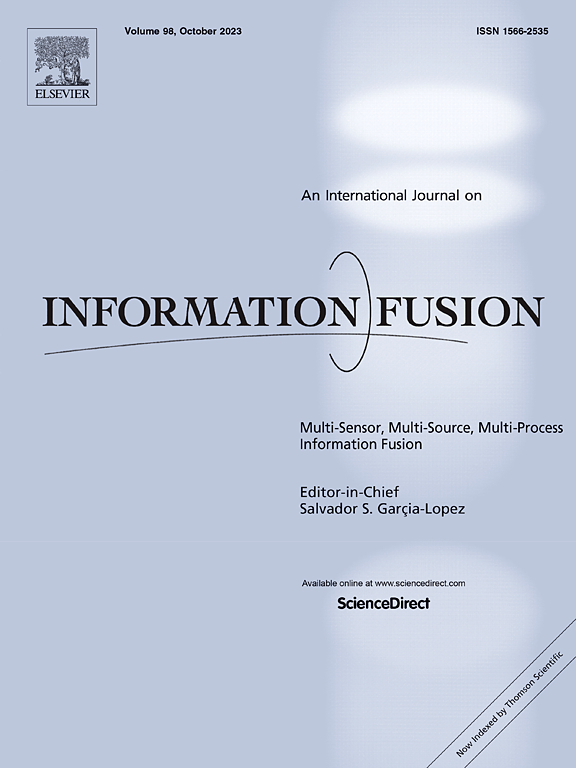Fine-grained knowledge fusion for retrieval-augmented medical visual question answering
IF 14.7
1区 计算机科学
Q1 COMPUTER SCIENCE, ARTIFICIAL INTELLIGENCE
引用次数: 0
Abstract
Given that medical image analysis often requires experts to recall typical symptoms from diagnostic archives or their own experience, implementing retrieval augmentation in multi-modal tasks like Medical Visual Question Answering (MedVQA) becomes a logical step to facilitate access and use of diverse case data. However, introducing existing retrieval augmentation methods to MedVQA faces two limitations: (1) Due to privacy concerns, direct access to original medical data is typically restricted. (2) The symptoms distinguishing various diseases are often subtle and fine-grained, complicating the task of ensuring that the retrieved information precisely matches the query. To address these challenges, we propose a retrieval augmentation framework with the Fine-Grained Re-Weighting (FGRW) strategy, which employs fine-grained encoding for retrieved multi-source knowledge, avoiding direct access to original image–text data. It then computes re-weighted relevance scores between queries and knowledge, using these scores as supervised priors to guide the fusion of queries and knowledge, thus reducing interference from redundant information in answering questions. Experimental results on PathVQA, VQA-RAD, and SLAKE public benchmarks demonstrate FGRW’s state-of-the-art performance. Code is available at the public repository.1
求助全文
约1分钟内获得全文
求助全文
来源期刊

Information Fusion
工程技术-计算机:理论方法
CiteScore
33.20
自引率
4.30%
发文量
161
审稿时长
7.9 months
期刊介绍:
Information Fusion serves as a central platform for showcasing advancements in multi-sensor, multi-source, multi-process information fusion, fostering collaboration among diverse disciplines driving its progress. It is the leading outlet for sharing research and development in this field, focusing on architectures, algorithms, and applications. Papers dealing with fundamental theoretical analyses as well as those demonstrating their application to real-world problems will be welcome.
 求助内容:
求助内容: 应助结果提醒方式:
应助结果提醒方式:


